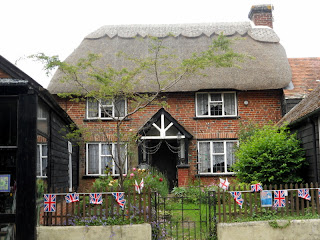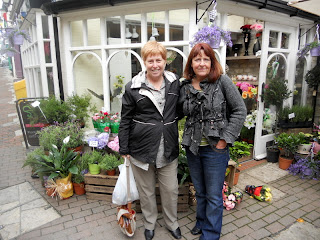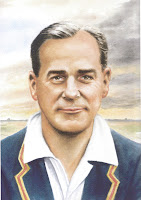Ange drove me everywhere, often with Paul, and they liked visiting the museums - most of us don't do it often enough in our home towns and they are no exception.
The train journey from Southampton to Clapham Junction took only an hour and 13 minutes.
 |
| Clapham Common tube station |
I spent the evening planning my day, but changed it after going to the London Eye. I was so lucky - I booked a flexi- ticket about six days ago - meaning I could take the tour any time of day as long as it was today, Tuesday.
The weather was perfect - 23 degrees and sunny, with no breeze. No need for a jacket.
At the London Eye, we were first shown a 4D overview. Not only could we almost touch the seagulls flying past, but we were hit by "spray" and by fireworks coming straight for us. Very realistic.
I loved the Eye. It was very slow so that photos could be easily taken. A marvellous view.
I never tire of this view of Big Ben.
I then wandered across the bridge to Westminster to Parliament Square. There is always a demonstration or two at the Square.
I'd never visited Westminster Abbey on my previous trips, so it was good to finally see the tomb of Elizabeth I and other monarchs, and to visit Poets' Corner.
My final place of interest today was the Docklands Museum (associated with the Museum of London) at Canary Wharf. This entailed me travelling on the Jubilee Line Extension. I found it interesting that the train line is behind a glass barrier, which is sensible. If I have any phobia, it is about feeling unsafe on the Underground platforms, particularly in large crowds. I felt much better on those platforms. It just means that the platform doors and the train doors open simultaneously. Aren't the drivers clever lining them up neatly!
Unfortunately my camera battery died at Westminster, so I was unable to obtain photos at Canary Wharf. But you can check it out at
http://www.visitlondon.com/areas/villages/canary-wharf-and-docklands
The whole place is really impressive. There is a huge shopping centre leading from the underground station towards the river. The museum is fantastic. The first stage is about the river as a port, starting in Roman times to the present day. There is a very thought-provoking exhibition about slavery and the sugar trade, and also a smelly wander through a sailors's ghetto. Not pleasant at all, very creepy.
And so much more. I was worn out by the time I finished looking at everything.
So I wandered outside to the West India Quay, beside a canal built in 1802 so that goods could be brought right up to specially built warehouses. Only two of these very large warehouses survived the war. The Museum is in one of them, and the remainder of the buildings are now mostly restaurants. It reminded me of a very upmarket Darling Harbour.
It was about 6pm by the time I finished at the Museum, and since I wanted to miss the worst of the peak hour on the trains, I had a nice light bite to eat (crab cakes and salad) and a gin and tonic at the Quay. Very pleasant and so was the weather. I certainly didn't need a jacket today.
I then caught the light rail from West India Quay to Bank, and changed to the Northern line back to Clapham Common.
A VERY pleasant day - albeit on my own for the first time in a month.
























































